Team Science
Melanoma
63: An Externally Validated Online Tool To Calculate Personalized Probabilities Of Recurrence-Free And Overall-Survival In Stage II Melanoma Patients.
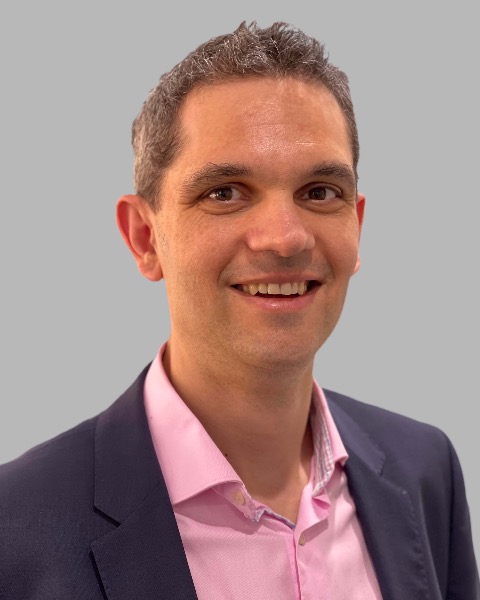
Alexander H R Varey, MBChB MRCS(Eng) FRACS FRCS(Plast) PhD (he/him/his)
A/Prof
Melanoma Institute Australia, University of Sydney, Westmead Hospital
Sydney, New South Wales, Australia
Alexander H R Varey, MBChB MRCS(Eng) FRACS FRCS(Plast) PhD (he/him/his)
A/Prof
Melanoma Institute Australia, University of Sydney, Westmead Hospital
Sydney, New South Wales, Australia
Alexander H R Varey, MBChB MRCS(Eng) FRACS FRCS(Plast) PhD (he/him/his)
A/Prof
Melanoma Institute Australia, University of Sydney, Westmead Hospital
Sydney, New South Wales, Australia- IL
Isabel Li, n/a
Biostatistician
University of Sydney, United States - ME
Mary-Ann El Sharouni, MD PhD
Dermatologist
University of Utrecht, United States - JS
Julie Simon, MD
Oncologist
MD Anderson Cancer Center, United States 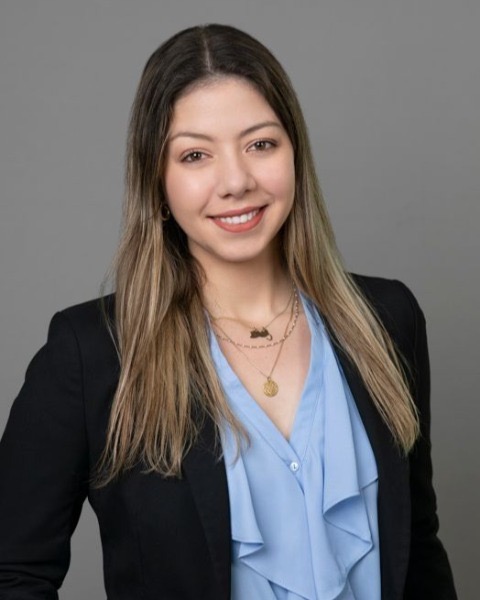
Aikaterini Dedeilia, MD (she/her/hers)
Postdoctoral Research Fellow
Massachusetts General Hospital
Boston, Massachusetts, United States- RS
Robyn Saw, MBBS, FRACS, MS
Surgeon
Melanoma Institute Australia, The University of Sydney, Sydney, NSW, Australia, United States - AS
Andrew Spillane, MBBS, MD, FRACS
Surgeon
Melanoma Institute Australia, The University of Sydney, Sydney, NSW, Australia, Australia - KS
Kerwin Shannon, MBBS, FRACS
Head and Neck surgeon
Melanoma Institute Australia, United States - JS
Jonathan R. Stretch, DPhil FRACS
Plastic Surgeon
Melanoma Institute Australia, United States - RS
Ryan J. Sullivan, MD
Oncologist
Massachusetts General Hospital, United States 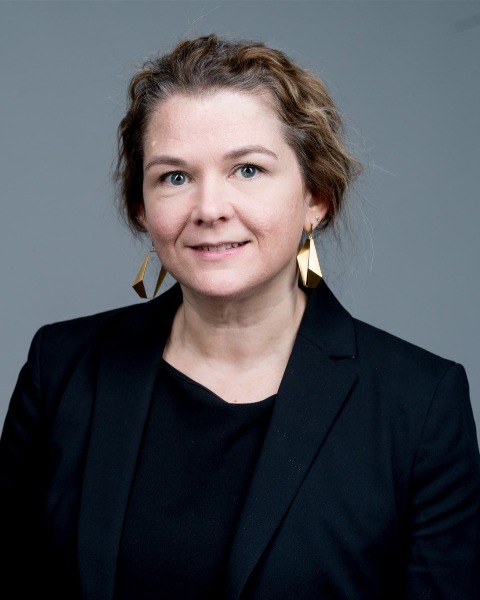
Genevieve M. Boland, MD, PhD
Section Head, Melanoma/Sarcoma Surgery
Massachusetts General Hospital
Boston, Massachusetts, United States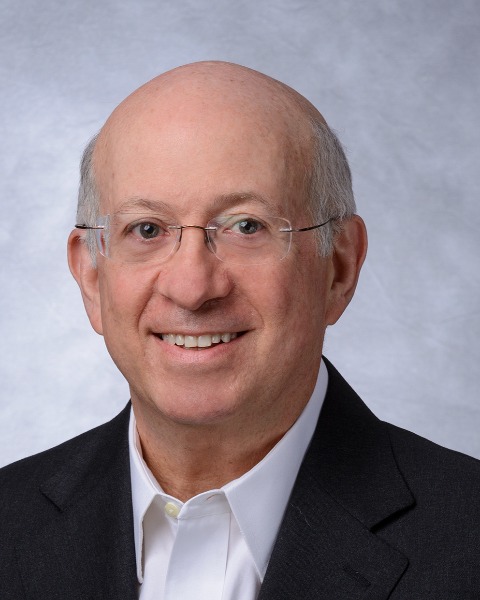
Jeffrey E. Gershenwald, MD (he/him/his)
Professor
Department of Surgical Oncology, The University of Texas MD Anderson Cancer Center
Houston, Texas, United States- Pv
Paul van Diest, MD
Dermatologist
University of Utrecht, United States - RS
Richard Scolyer, BMedSci MBBS MD FRCPA FRCPath(UK) FAHMS
Medical Director
Melanoma Institute Australia, Australia - GL
Georgina V. Long, MBBS PhD
Medical Oncologist
Melanoma Institute Australia, United States 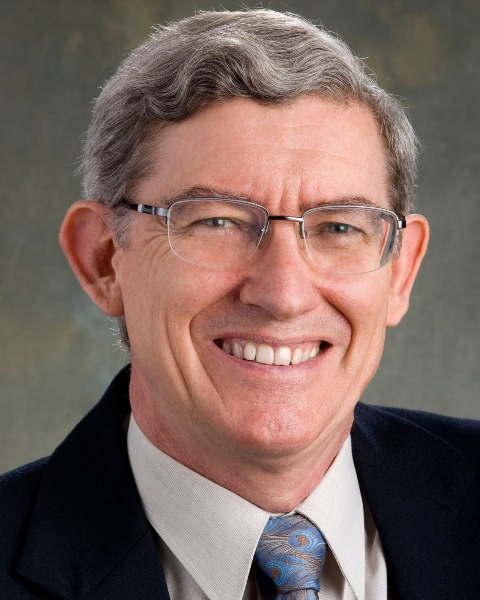
John Thompson, MBBS, MD, DSc, FRACS, FACS (Hon), FAHMS
Surgeon
Melanoma Institute Australia, The University of Sydney, Sydney, NSW, Australia
North Sydney, New South Wales, Australia- SL
Serigne N. Lo, PhD
Biostatistician
Melanoma Institute Australia, The University of Sydney, Sydney, NSW, Australia, United States
Abstract Presenter(s)
Submitter(s)
Author(s)
Two randomized controlled trials of adjuvant anti-PD1 immunotherapy have recently demonstrated significant improvements in recurrence free survival (RFS) for patients with Stage II melanoma. Consequently, accurate prediction of RFS and overall survival (OS) for Stage II patients can contribute to risk-benefit assessment for stage II patients eligible to receive adjuvant therapy. We therefore developed a calculator for Stage II melanoma patients to predict five and ten year RFS and OS probabilities.
Methods: Data from patients with either clinical or pathological AJCC 8th Edition (AJCC-8) Stage II cutaneous melanoma were obtained from prospectively-maintained databases. The development cohort (n=3220) was obtained from a single Australian institution, while external validation cohorts were obtained from two US institutions (n=800) and the Dutch national cancer registry (n=8612). Multivariable Cox-regression RFS and OS models were developed (
multivariable
models) and twice externally validated using the US and Dutch cohorts, with their performance assessed using the resultant C-statistics and calibration. The multivariable models were also compared to RFS and OS models based on AJCC-8 Stage (stage-models).
Results: The multivariable model for RFS had C-statistics for five and ten years of 0.70 and 0.73, respectively, which was significantly better than those of the stage model (0.61 and 0.60, respectively). Similarly, the multivariable model for OS had C-statistics for five and ten years of 0.71 and 0.75 versus 0.62 and 0.61 for the stage-model, respectively. Consistent performance of the multivariable models was demonstrated in both external validation cohorts, with very similar C-statistics (Table 1) and consistent separation of high-, intermediate-, and low-risk Stage II patients.
Conclusions:
The multivariable models had consistent performance across three continents in predicting RFS and OS for Stage II melanoma patients, even accounting for patients who did not undergo a sentinel node biopsy. These models provide individualized risk prediction for patients that can contribute to the risk-benefit assessment among patients considered for adjuvant systemic therapy. The calculator will be freely available online.
Learning Objectives:
- Upon completion, participant will be able to describe the variables important for predicting overall survival in Stage II melanoma patients.
- Upon completion, participant will be able to describe the variables important for predicting recurrence free survival in Stage II melanoma patients.
- Upon completion, participant will be able to use the online risk prediction tools to better inform management decisions for Stage II melanoma patients.
